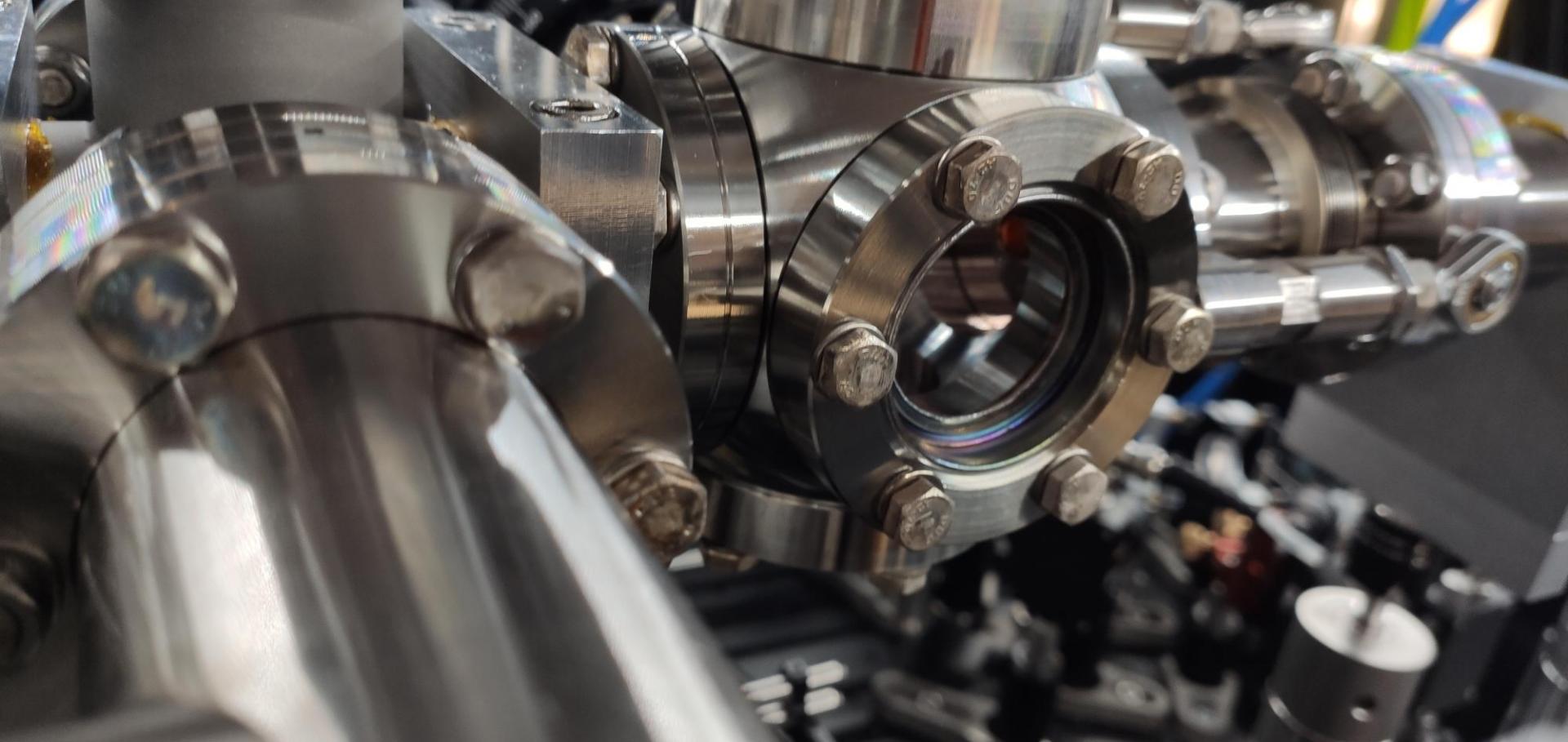How to realise a homogeneous dipolar Bose gas in the roton regime (data)
Abstract:
Data used in the publication "How to realise a homogeneous dipolar Bose gas in the roton regime" by Juhász et al., published in Physical Review A. The readme.txt file gives a detailed explanation of the data and its structure, the data itself are contained in the data.json file.Atom Cloud Detection and Segmentation Using a Deep Neural Network
Atom Cloud Detection and Segmentation Using a Deep Neural Network (Data)
Abstract:
The data for the the paper "Atom Cloud Detection and Segmentation Using a Deep Neural Network." See the readme file in the .zip file for a detailed explanation of the data contents and structure.Production and characterisation of dipolar Bose–Einstein condensates
Abstract:
Remarkable progress in the field of ultracold atoms has enabled the study of a great variety of topics in many-body quantum mechanics. The precise control of key parameters, such as interactions, temperature, density, internal and external degrees of freedom, dimensionality and the trapping geometry makes them a powerful and flexible experimental platform.
The ability to create degenerate samples of atoms which feature long-range and anisotropic dipole–dipole interactions besides the more conventional short-range and isotropic contact interactions drew considerable attention, enabling the creation of quantum droplets and a supersolid phase. This thesis reports on experimental and theoretical progress in investigating dipolar many-body quantum systems. We present an overview of our experimental apparatus and the techniques used for obtaining a Bose–Einstein condensate (BEC) of erbium. We then discuss our experimental sequence for producing a quantum degenerate gas, creating a quasi-pure BEC with 2.2 x 10^5 atoms. To optimise the production of erbium BECs, we explore density- and temperature-dependent losses in 166Er and identify six previously unreported resonant loss features. Finally, to enable studies of density-dependent phenomena, we present a theoretical investigation of dipolar condensates in box-like traps, where we explore stability and how one can use it to replicate properties of an infinite, homogeneous system to study dipolar physics. We found that traps with hard walls trigger roton-like density oscillations even if the bulk of the system is far from the roton regime, so smoother potentials are better suited to recreate homogeneous conditions. This sets the ground for future experiments, where the atoms will be loaded into a box trap to enable studies of systems which are tightly trapped in one direction but homogeneous in the other two.


